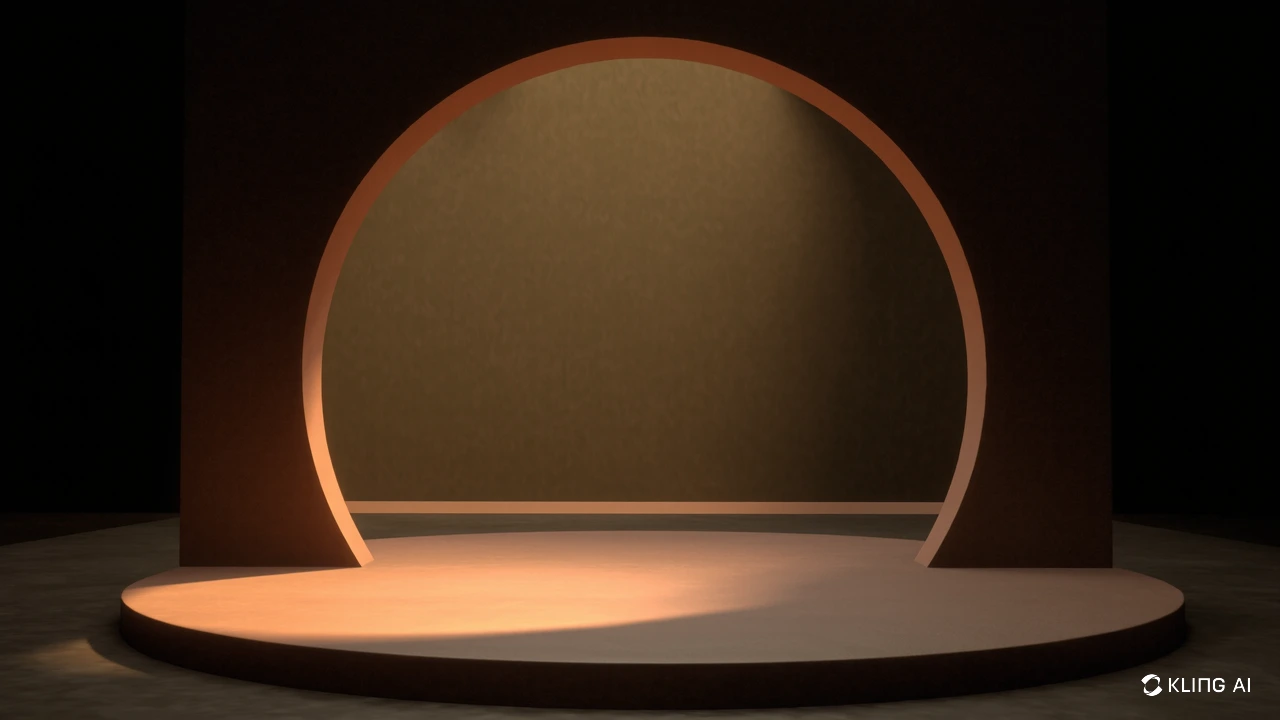How to Draw 3D: Illusions and Forms

🧊 How to Draw 3D Illusions and Forms – Create Depth with Light & Shadow (2025 Guide)
Making flat drawings look three-dimensional is one of the most powerful skills in any artist’s toolkit. Whether you’re sketching geometric shapes, optical illusions, or realistic forms, understanding how light behaves in three-dimensional space is key to creating convincing depth and volume.
In this 2025 professional guide, you'll explore how studio artists and illustrators use lighting systems, material logic, and rendering workflows to build forms that feel solid, grounded, and lifelike.
🔦 Section 1: Professional Light Analysis – Know Your Source
The quality, angle, and type of your light source determine everything about how your form reads in space.
💡 Light Source Types:
Directional Light (Sunlight): Consistent angle, strong shadows
Point Light (Lamp/Bulb): Radiates from a central origin, softer falloff
Ambient Light (Overcast): Even lighting, low contrast
Studio Light (3-Point Setup): Combines key light, fill light, and backlight
📐 Light Angle Essentials:
45° Angle: Industry standard for general modeling
Raking Light: Nearly horizontal; reveals texture and micro-shadows
Backlighting: Creates silhouette effects and rim lighting—great for drama
Light Tip: Always sketch the light source in the corner of your page to maintain visual consistency.
⚫ Section 2: The Shadow Hierarchy – From Core to Cast
Understanding the different types of shadows and how they interact is critical to drawing believable 3D illusions.
🟤 Core Shadows (On the Object):
Found on the opposite side of the light
Delineated by a terminator line—the boundary between light and dark
Smooth transitions (matte) or sharp edges (glossy)
⬛ Cast Shadows (On Surfaces):
Projected shapes of the object
Sharpest at the contact point, softens with distance
Follows perspective rules and surface curvature
Practice Tip: Use spheres, cubes, and cylinders under a desk lamp to observe shadow changes.
✨ Section 3: Advanced Shadow Effects – Materials & Magic
Different materials interact with light in unique ways, and advanced lighting situations offer chances to push realism or surrealism.
🔬 Material-Based Shadow Behavior:
Matte Surfaces: Soft transitions, low highlights
Glossy/Metallic: High contrast, specular highlights, reflective bounce
Translucent Materials: Partial light pass-through, colored edge glow
🧩 Special Lighting Scenarios:
Dappled Light: Sunlight through leaves; use layered soft and hard shadows
Water Reflection Shadows: Rippled distortions on nearby surfaces
Fog or Diffusion: Softens all shadows; flattens contrast in distance
Effect Tip: Use reference photography in natural and artificial lighting to study these effects in real-world environments.
💻 Section 4: Digital Workflow for 3D Form Shading
Digital tools make rendering 3D forms more efficient and flexible. Here's a pro workflow to achieve realism in both stylized and naturalistic lighting.
🖥 Layer-Based Shading Strategy:
Flat Local Color: Base tone of the object
Core Shadows: Painted on Multiply or Normal layer with soft edges
Cast Shadows: Grounded, perspective-accurate; can use clipping mask
Bounced Light: Reflected color from nearby objects
Specular Highlights: Added last, on top of all layers
🖌 Brush Techniques:
Soft Round Brush: Smooth transitions for skin, fabric, matte objects
Hard Edge Brush: Architectural precision or stylized shadows
Custom Texture Brushes: Add grit to stone, metal, wood
Gradient Maps: For fast value/lighting control over form
Pro Tip: Use 3D software (like Blender or online pose tools) to simulate lighting setups before painting.
🎭 Section 5: Mood, Time & Emotion Through Shadow
Shadows are more than just technical tools—they’re emotional and narrative devices that set the tone of your artwork.
🕰 Time of Day Effects:
Morning/Golden Hour: Long shadows, warm tones, romantic ambiance
Midday: Short, high-contrast shadows, intense clarity
Midnight/Moonlight: Cool tones, soft edges, minimal bounce light
🎭 Emotional Lighting:
High Contrast = Intense, dramatic, tense
Low Contrast = Soft, peaceful, mysterious
Side Lighting = Duality, conflict, chiaroscuro storytelling
Storytelling Tip: Ask yourself: “What does this light say?” before you begin shading.
🧪 Bonus Practice Ideas – Build Volume Like a Sculptor
✏️ Draw the same sphere under 3 different light directions
🧱 Design a 3D cube with one face reflective, one matte, one transparent
🧠 Use a greyscale value scale to shade a cylinder, cone, and egg
📸 Photograph crumpled paper, then draw it in high contrast lighting
🧊 Final Thoughts – Make Your Forms Feel Real with Light and Shadow
3D illusions aren’t magic—they’re the result of applying real-world lighting logic with deliberate design choices. Once you understand the shadow hierarchy and how different materials respond to light, you can create artworks that feel sculptural, dimensional, and alive.
So find your light, control your shadows—and shape your world one form at a time.